Table of Contents
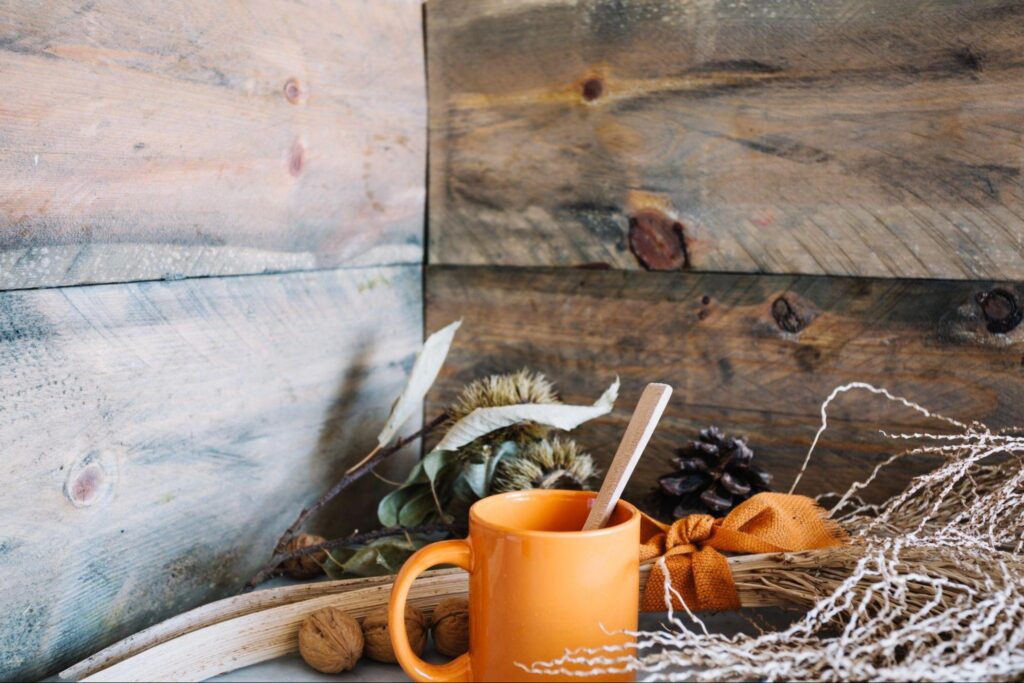
Farmhouse style is evolving—here’s what it looks like now with modern rustic touches, cozy updates, and fresh design inspiration for homes. The white shiplap, barn doors, and “Live, Laugh, Love” signs that defined the farmhouse style’s massive popularity are rapidly giving way to a more sophisticated interpretation. Today’s evolved farmhouse aesthetic maintains the style’s comfortable approachability while incorporating more refined elements and personal expression. This isn’t your 2015 Pinterest farmhouse anymore.
From Whitewash to Warmth: The New Color Palette
The all-white interiors that characterized the early farmhouse style have largely disappeared in favor of nuanced warmth and depth. Today’s evolved farmhouse embraces a more authentic color approach rooted in natural environments.
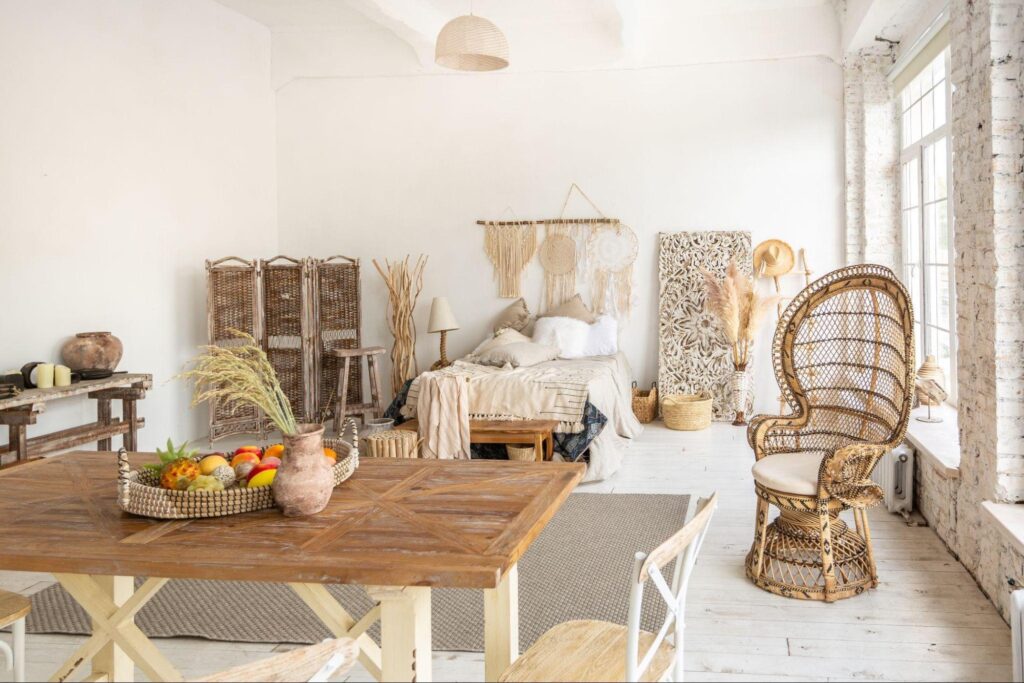
Warm neutrals have replaced stark whites as the go-to background colors. Buttercream, soft taupe, and gentle greige create more inviting environments than the clinical whites of earlier interpretations. These warmer bases better showcase the natural textures essential to the style while feeling less contrived.
Accent colors have matured significantly. Gone are the bright turquoise and coral accents that once signaled “farmhouse.” In their place, designers are introducing earthy terracottas, olive greens, and muted blues drawn from actual rural landscapes. These nature-inspired hues create more authentic environments that don’t feel theme-driven.
Where wood tones were once almost universally whitewashed or distressed, today’s farmhouse style celebrates natural variations. Medium-toned woods with visible grain have largely replaced the bleached, artificially aged finishes that dominated early farmhouse interiors. This shift reflects a growing appreciation for authentic materials over manufactured distressing.
Beyond Barn Doors: Architectural Evolution
The architectural elements that defined the early farmhouse style have undergone significant refinement. Design professionals are shifting toward more authentic interpretations of rural architecture rather than stylized symbols.
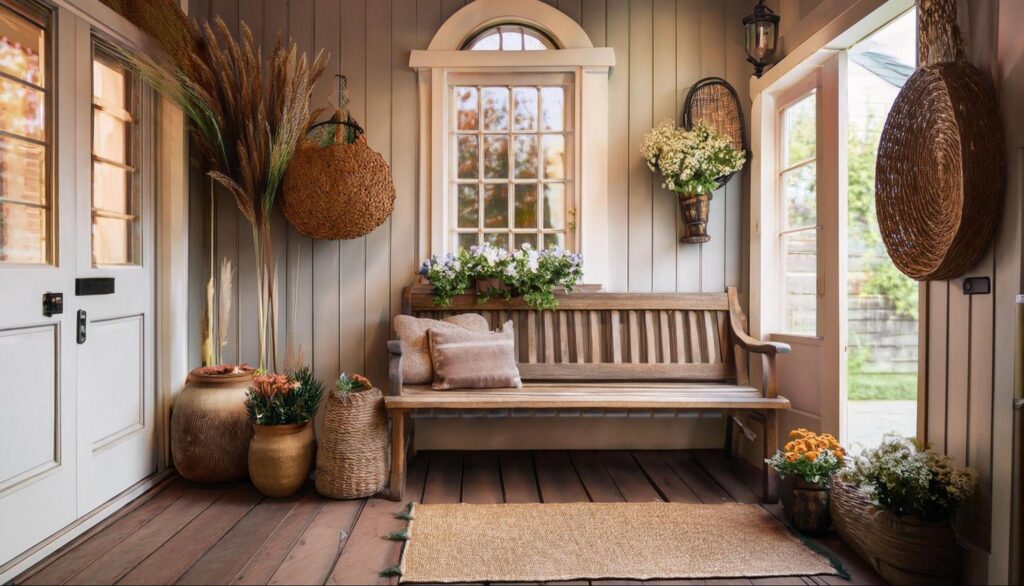
Shiplap hasn’t disappeared entirely but has evolved from an all-over application to strategic use in historically appropriate locations. Rather than covering every available wall surface, today’s designers often limit shiplap to single accent walls, mudroom areas, or other spaces where this treatment might authentically have appeared in actual farmhouses.
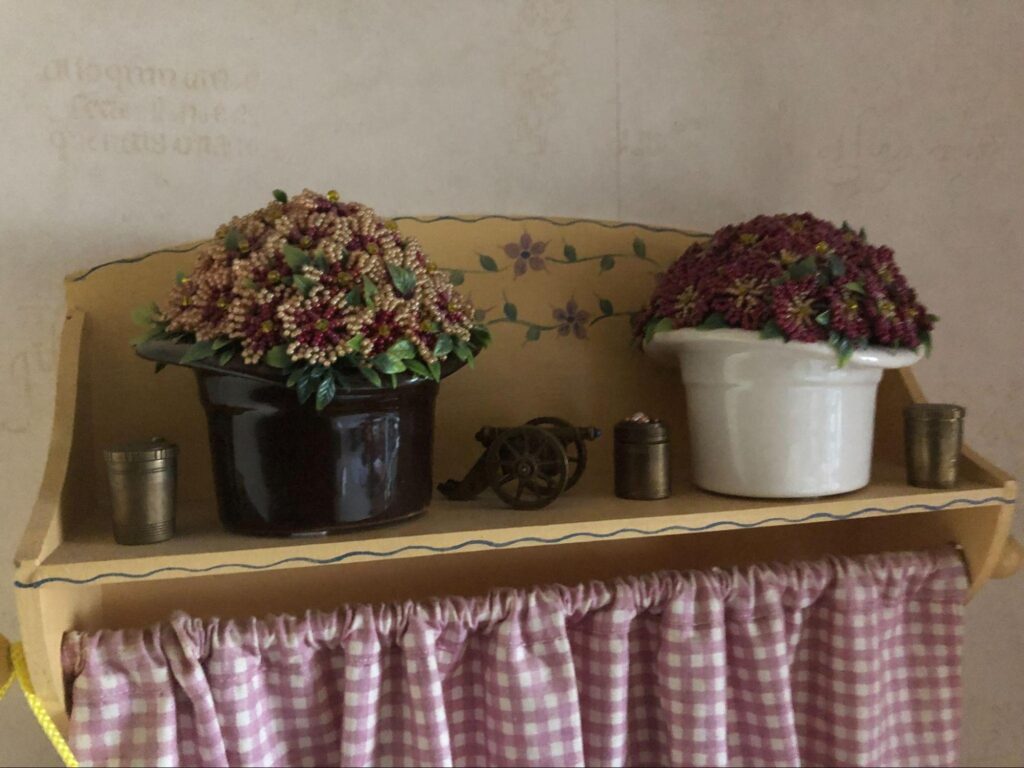
Barn doors, perhaps the most ubiquitous farmhouse element, have largely retreated from primary living spaces. Their practical limitations (limited privacy, incomplete closure) have relegated them to appropriate applications like pantries or closets where their functional challenges matter less. In their place, more traditional door styles with subtle farmhouse details have emerged.
Ceiling treatments have become more important in creating authentic farmhouse atmospheres. Exposed beams, tongue-and-groove planking, and coffered details draw the eye upward, creating architectural interest that earlier farmhouse iterations often neglected in favor of wall treatments.
Furnishings: From Reproduction to Authenticity
Perhaps the most significant evolution has occurred in furniture selections, where mass-produced “farmhouse style” pieces have given way to more eclectic, authentic approaches.
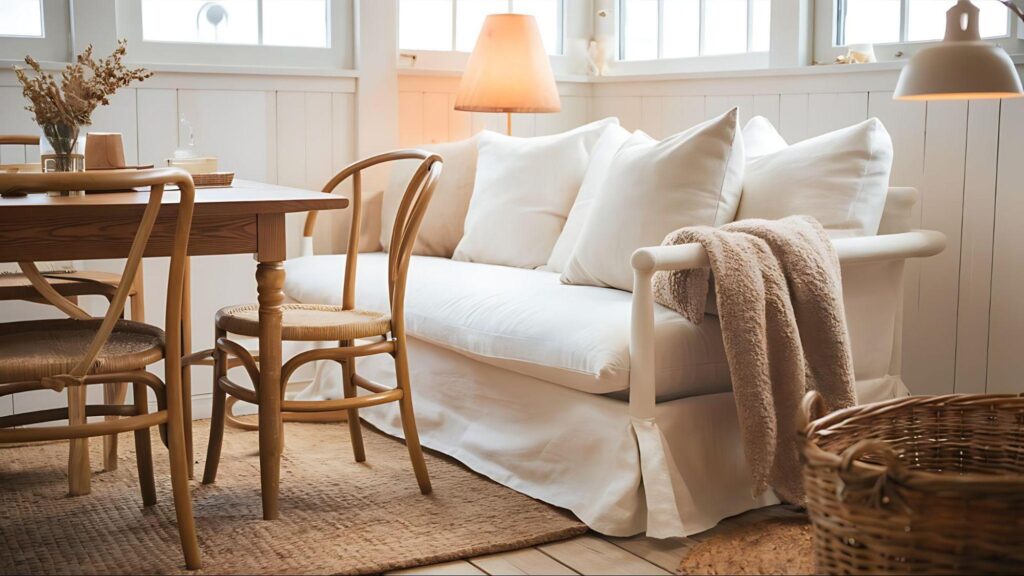
Genuine vintage pieces now mix confidently with contemporary elements, creating spaces that feel collected rather than purchased as matching sets. This approach aligns more closely with how actual farmhouses evolved over generations, accumulating furniture from different periods rather than appearing decorated all at once.
Upholstery choices have shifted from stiff, predictable white slipcovers to more relaxed, inviting fabrics. Performance linens, textured cotton, and subtle patterns create interest while maintaining the casual comfort central to farmhouse appeal. These more practical choices acknowledge that real farm living involves actual daily use.
Wood furniture shows a similar evolution, with carefully curated antiques or quality reproductions replacing the artificially distressed pieces that once dominated the style. Today’s approach values authentic patina developed through use rather than manufactured wear that attempts to mimic age.
Accents and Accessories: Subtlety Replaces Signage
The most visible change in farmhouse style comes in the realm of decorative elements, where literal farmhouse references have given way to more subtle, personal touches.
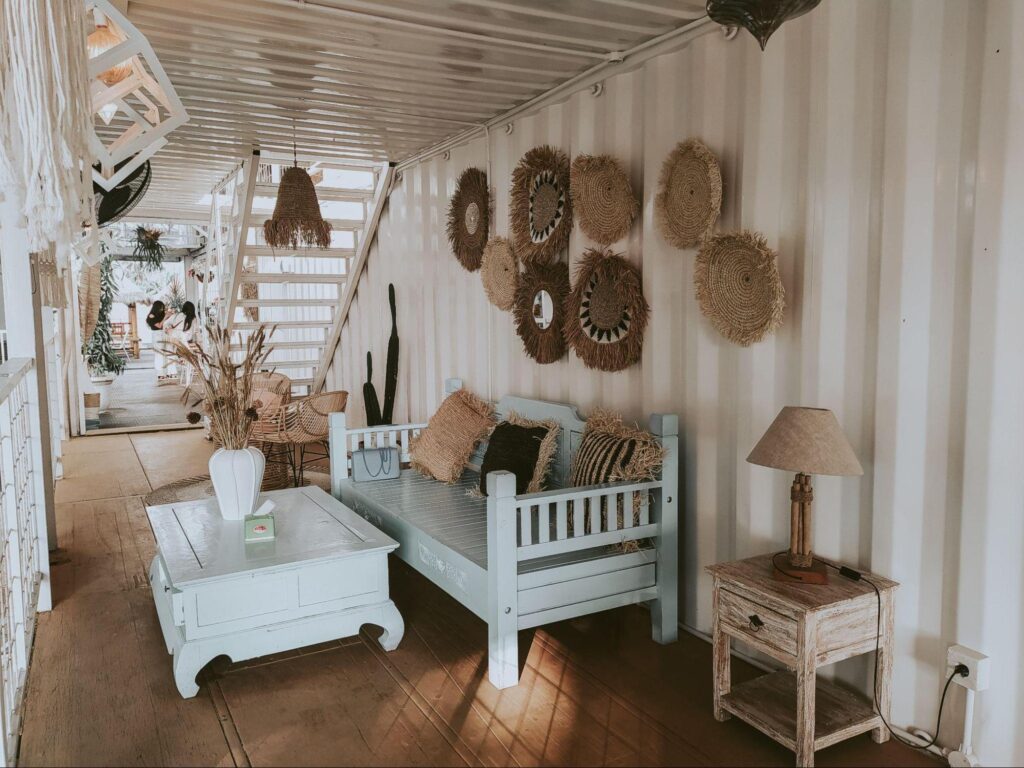
Typographic elements—once ubiquitous through “Farmhouse” signs and word-heavy wall decorations—have largely disappeared from sophisticated interpretations. In their place, designers incorporate actual art, often landscape-oriented pieces that reference rural life without literally spelling it out.
Collections now focus on authentic utility rather than farmhouse symbols. Vintage kitchenware, actual agricultural implements, or genuine rural antiques create more meaningful displays than mass-produced decorative objects designed to mimic these elements.
Plant life plays an increasingly important role in evolved farmhouse interiors. Where artificial greenery once prevailed for convenience, today’s approach favors actual plants—often in simple terracotta pots or vintage containers—that bring authentic life to interiors. This shift acknowledges that actual farms centered around growing things, making living plants appropriate additions.
Regional Influences Create Distinctive Variations
Perhaps the most refreshing evolution in farmhouse style is the emergence of regional interpretations that reflect local architectural traditions rather than generic “farmhouse” motifs.
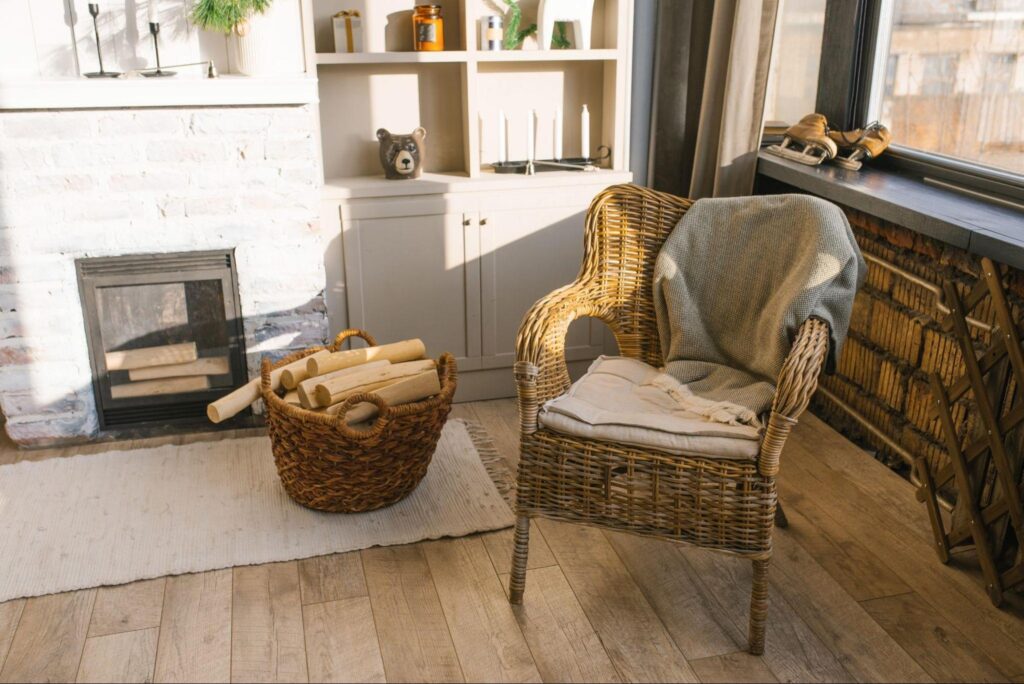
Southern farmhouse style incorporates elements of traditional plantation architecture—higher ceilings, more generous millwork, and indoor-outdoor connections through substantial porches. These spaces often feature more formal millwork and architectural details than their northern counterparts.
West Coast farmhouse interpretations lean into indoor-outdoor living with more contemporary lines. These homes often incorporate industrial elements reflecting California’s agricultural history while maintaining cleaner profiles than Eastern versions.
Midwestern farmhouse style tends toward authenticity in materials and proportions, often featuring the actual dimensions and finishes found in historic regional farms. These interpretations frequently incorporate practical elements like mudrooms and substantial kitchens that reflect the realities of farm living in four-season climates.
The Designer Perspective on Farmhouse Evolution
Interior designers who’ve worked with farmhouse style through its evolution offer insight into where the trend heads next.
“Today’s clients want the comfort and approachability of farmhouse style without the clichés,” explains designer Rebecca Montgomery. “They’re drawn to the aesthetic for its livability but want spaces that feel personally meaningful rather than trend-driven.”
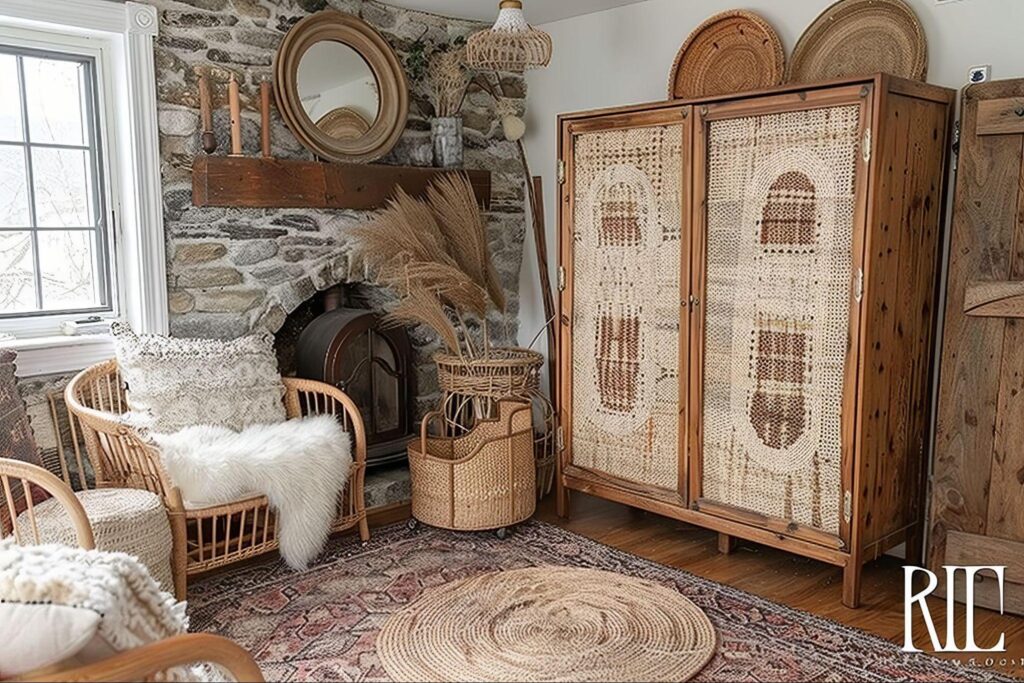
This desire for authenticity drives clients toward quality materials with genuine character rather than manufactured distressing or artificial aging. Solid wood with natural grain, real brick rather than veneer, and textiles with subtle texture and variation have replaced the mass-produced “farmhouse look” materials of earlier iterations.
“The most successful current farmhouse interiors balance rusticity with refinement,” notes designer James Weston. “They incorporate enough raw elements to feel grounded and authentic while introducing sophisticated touches that prevent the spaces from feeling theme-driven.”
As farmhouse style continues evolving, it increasingly blends with other aesthetic influences rather than existing as a distinct category. This flexibility suggests the style has transitioned from a trend to an enduring design approach, adapting to individual preferences while maintaining its core appeal of livable comfort and connection to simpler lifestyles.
The future of farmhouse style appears to be not in strictly defined visual cues but in its underlying values—authenticity, comfort, and connection to place. These principles transcend specific decorative elements to create homes that feel genuinely welcoming and purposefully designed rather than trend-following or contrived.

Hi, I’m Christian, a 43-year-old father of two and a lifelong DIY enthusiast. My workshop is where I spend countless hours experimenting, upgrading, and fine-tuning. Sharing my experiences and practical advice is my way of helping others create homes they love.



